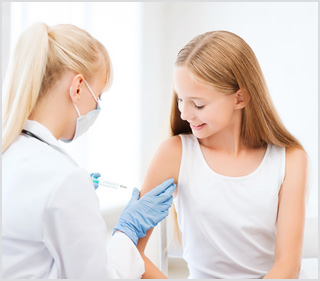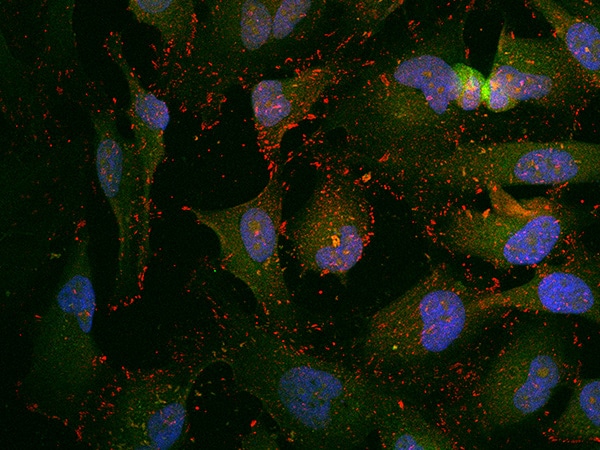Reducing the Burden of Cervical Cancer
Improving the rates of cervical cancer screening and HPV vaccination could have significant benefits on this form of cancer.

In 2016, an estimated 12,990 women in the United States were diagnosed with cervical cancer and 4,120 died from the disease.
While cervical cancer is just the 21st most commonly diagnosed cancer in the United States, the burden of this cancer could be dramatically reduced through increased use of available prevention measures – screening using the Pap test and human papillomavirus (HPV) vaccination.
HPV vaccination has the potential to have the greatest effect since government
statistics estimate that HPV is responsible for more than 90 percent of cervical cancer cases in the United States. However, cervical cancer screening can catch precancerous and cancerous lesions in those who have not been vaccinated, allowing for early treatment.
Government guidelines recommend that women ages 21-65 with a cervix be screened for cervical cancer and precancerous lesions by Pap testing every three years. A recommended alternative for women ages 30-65 who want to lengthen the screening interval is to be screened with a combination of Pap and HPV testing every five years.
For HPV vaccination, the government recommends all children age 11 or 12 should get two shots of HPV vaccine six to 12 months apart.

Even though Pap testing was introduced in the United States in the 1950s and routine HPV vaccination was first recommended more than a decade ago, the most recent data show that nearly one in five women in the United States are not up to date with their
cervical cancer screening. In 2015, 52 percent of girls and 39 percent of boys ages 13 to 17 had completed the HPV vaccination series.
The cervical cancer screening rate falls short of the government target of 93 percent and uptake of the HPV vaccine is very low compared with uptake of other childhood vaccines like the MMR vaccine that protects against measles, mumps, and rubella; at the last count, 91 percent of adolescents ages 13-17 had received two or more doses of the MMR vaccine.
There is a real need to increase public awareness of the benefits of cervical cancer screening and HPV vaccination to prevent cervical cancer.
